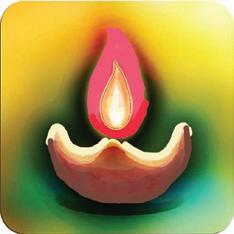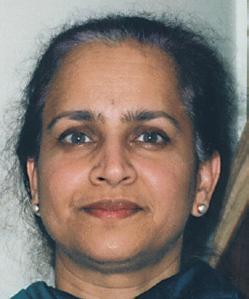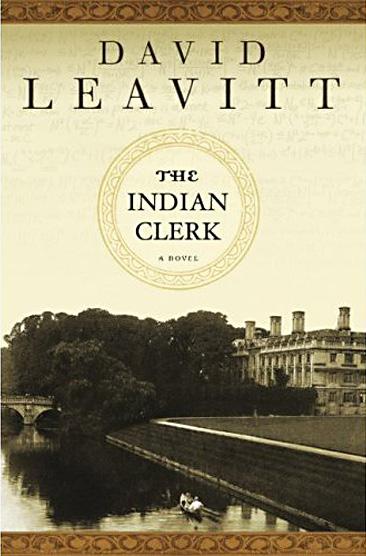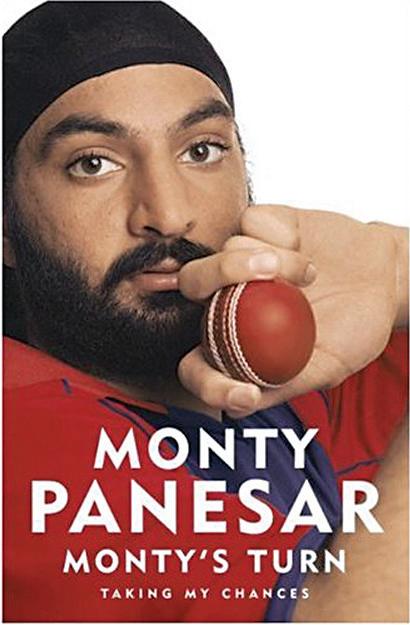
2 minute read
Maths and Monty
from 2009-10 Melbourne
by Indian Link
CHITRA SUDARSHAN reviews two books with different themes, which chronicle the apex of two young lives


The focus this month in our book column is on a biography and an autobiography: the former by a renowned American biographer David Leavitt, and the latter an autobiography by the British-Indian cricketer Monty Panesar. The life of the extraordinarily gifted and precocious Indian mathematician of the twentieth century Srinivasa Ramanujan is the stuff of legends, and has attracted the attention of several biographers. The latest, by the American David Leavitt, focuses on the strange friendship between this young Indian and G H Hardy, who was already considered one of the greatest mathematicians of his time and was teaching at Cambridge. Ramanujan was a self-taught mathematical prodigy who had been working as a clerk in Madras, and who would turn out to be one of the great mathematical minds of the twentieth century - before dying at the very young age of 37 in 1920.

The book begins with Hardy receiving a nine-page letter filled with prime number theorems from S. Ramanujan, a young accounts clerk in Madras in 1913. Intrigued, Hardy consults his colleague and collaborator, J.E. Littlewood and the two soon decide that Ramanujan is a mathematical genius and that he should be brought to Cambridge to work with them. Hardy recruits the young, eager don, Eric Neville, and his wife, Alice, to travel to India and expedite Ramanujan’s arrival. Although ultimately the move would prove disastrous for the young Indian clerk, the men set to work on proving the Riemann Hypothesis, one of mathematics’ great unsolved problems.
The novel is based on the remarkable true story of their friendship, spans several decades and continents, and is populated with luminaries such as D H Lawrence, Bertrand Russell, Lytton Strachey and Wittgenstein. World War I looms, Ramanujan is plagued by ailments and obstacles – yet he comes to renown as the “Hindu Calculator”. Leavitt takes this amazing slice of history and builds it into a riveting story in The Indian Clerk: he had said elsewhere that the book was 70% truth and 30% imagination. Mathematicians will relish this book, but the author renders complex mathematics in a clear and lucid manner that non-mathematicians would not find it daunting. In the end, the focus is on the perennial human quest for knowledge, and the quest for the self: and how the two are often intertwined.
Monty’s Turn is the autobiography of Monty Panesar (written with Richard Hobson), who shot to fame as the electrifying spin bowler in the England cricket team –hard though it is to believe only - in 2006. Within a few years he has achieved a cult status and has been feted as the best spin bowler to emerge from Britain in the last 30 years. One might ask if three years in the spotlight is enough reason to write an autobiography: I suppose the answer is that if one is going to publish an autobiography, it might as well be done at the height of one’s fame rather than during the sunset of one’s career. This way, there is a good chance of the book selling well and eliciting interest. Cricket lovers will lap up what the book has to offer, as it is full of anecdotes from the young cricketer’s short but interesting life in test and one-day cricket, especially his rise to fame through his dedicated application of his talent; tours of India, Australia and New Zealand; his meetings with cricket’s greats who were once his childhood heroes. Others will find in it an example of how a first generation young Sikh has been able to achieve success in the UK by dint of hard work and perseverance. Whatever it is the reader is looking for, there is something in there for everyone.




















